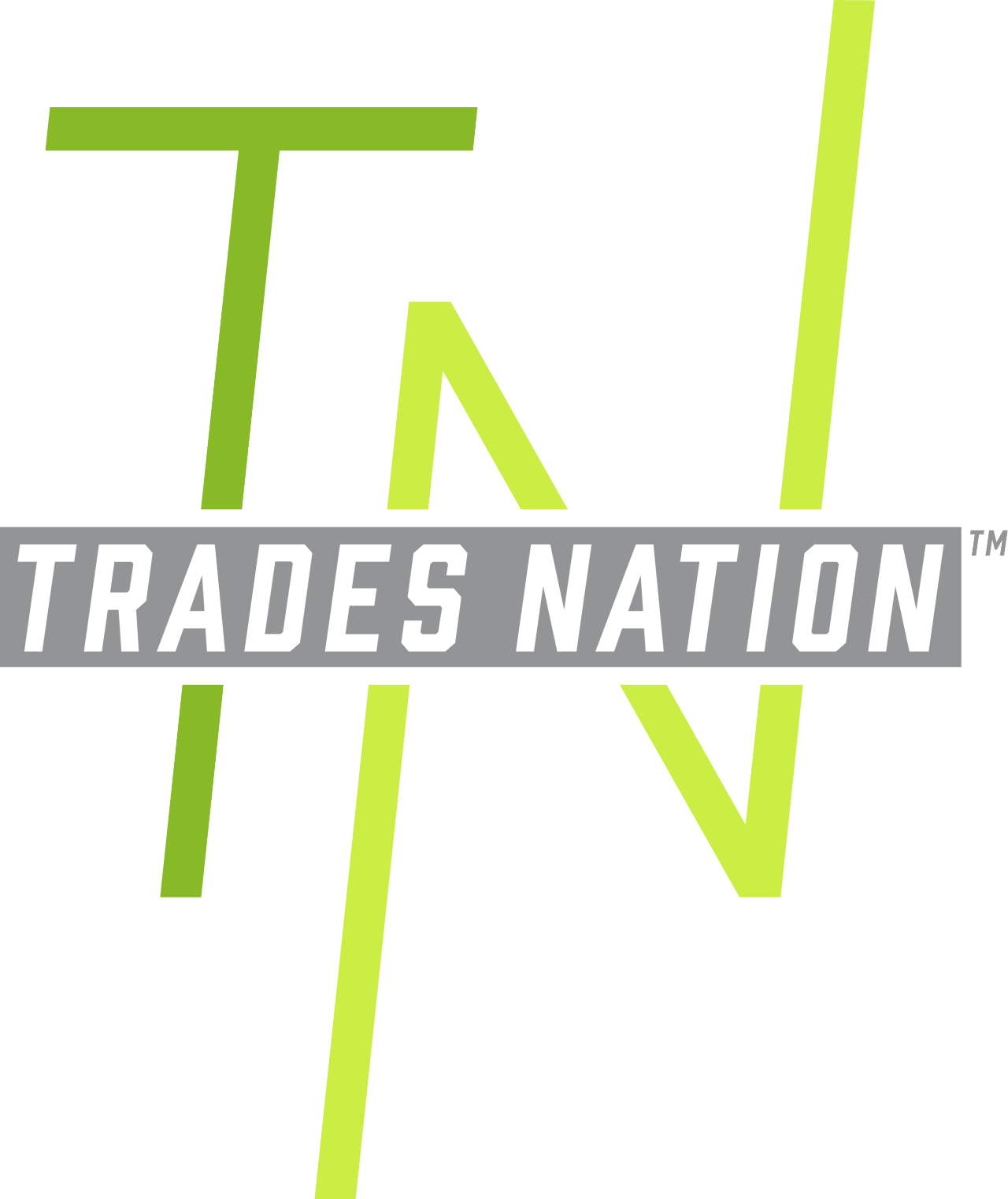Whether you work in datacom or not, you are probably very familiar with coaxial cables simply because they’ve been around for so long. It’s been argued that they’re as old as this technology itself, dating back to the early twentieth century. Although coax has been replaced in newer installations by other methods (twisted pair, fiber, HDMI, and recently wireless connectivity) it remains a staple. Even with these new options, it still constitutes a large part of communication infrastructure in both residential and commercial applications.
The primary weakness of coaxial infrastructure lies in the fact each connection point allows the opportunity for noise or attenuation to be introduced. There are quite a few ways to terminate and connect coaxial runs, and this variety of options each has its own set of benefits and weaknesses:
Crimp
The first and most widely used connector, well into the 1990’s. Requiring the use of a crimping tool they readily outperform twist-on connectors but have the disadvantage of particular tools for different connectors, and the need to add messy gels for weatherproofing outdoor applications.
Benefits
✅ Previous industry standard, very common
✅ Relatively secure mechanical connection
✅ Connection can be made quickly and easily
Weaknesses
❌ Requires different tools for different connectors
❌ Proper technique is important, room for error is small
❌ Needs application of weatherproofing for any outdoor usage
Twist-on
The twist-on connector remains a great solution for quick fixes and DIYers. It has declined in use over the past 20 years since demands for better connector technology have brought to market better options.
Benefits
✅ Re-usable
✅ Doesn’t require a termination tool
✅ Quick
Weaknesses
❌ Limited cable diameter range
❌ Easily deforms jackets and dielectrics, creating impedance mismatches
❌ Non-weatherproof, inappropriate for outdoor use
❌ Not as durable as other options
Push-on
The Push-on connector is a relatively new product. No termination tool is required, so this is also a perfect solution for DIY and quick fix applications as an update to the twist-on connector.
Benefits
✅ Mechanical engagement doesn’t require twisting
✅ Doesn’t deform the jacket and dielectric during termination
✅ Once pushed onto the cable they form a solid, permanent connection
✅ Quick and easy to use
✅ No tools needed
Weaknesses
❌ Not reusable
❌ Non-weatherproof, inappropriate for outdoor use
❌ Only suitable for temporary fixes
❌ Not for highly demanding data connections
Solder
Used by many skilled pros, this method creates a highly conductive connection but needs application of additional insulation to prevent environmental ingress. A specialized skillset and the right materials are necessary to create an effective and solid solder connection, but once set up correctly they perform exceedingly well.
Benefits
✅ Extremely robust conduction via connection when done properly
✅ Long-lasting, permanent solution
Weaknesses
❌ Requires specific expertise
❌ Numerous specialized tools and materials needed
❌ Additional means necessary to make weatherproof for outdoor usage
❌ Takes more time than other options
Compression
Compression connectors represent a new age of coax termination. They have a unique design, requiring a specialized tool to make the connection. The cable jacket also is secured and compressed within the body of the connector.
Benefits
✅ Better connection with improved conduction
✅ Ease of use: only a single tool needed
✅ Weatherproof
✅ Durable
Weaknesses
❌ Cost
❌ Scalability (due to cost)
Added Value of Compression Connections
Multiple internal O-rings and plastic components provide the benefits of eliminating moisture ingress which can cause rust and corrosion, resulting in failure over time and requiring service callbacks. Most good compression connectors are engineered to perform from 5Mhz up to 3Ghz, which covers all of the common market applications in use today for video, audio, and data services.
Although compression connectors may cost a bit more than other types, the ability to use a single connector, a single terminating tool, as well as consistent preparation method is enough for many pros to make a switch. The ultimate benefit is a longer lasting and higher performing connection, time after time.
Becoming An Industry Standard
While coax remains pervasive in today’s world, the compression connector may allow us to terminate coax connections faster, with increased reliability, performance, and to much higher standards.
Many professionals are now moving toward compression connectors as their optimal solution on the job site: the tools are affordable and versatile, with simple adjustability to work on a wide range of connectors across multiple manufacturers. For most installers, there is rarely a need to carry more than one compression tool to a job.
In addition to the need for only one tool, the connector itself is where the compression really shines: the connectors are universal, work indoors or outdoors, and just overall less of a hassle to effectively install every time.
We know that nothing is fool-proof, so with best practices in cable preparation, connector selection, and termination, we can always get the most out of every connection.
What method suits your job sites? Are you a compression connector adopter, or die-hard crimper? Discuss with your fellow electricians below.
